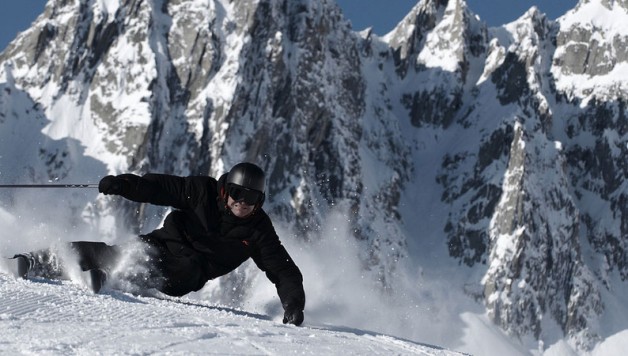The Evolution of Skis: From Wood to Carbon Fibre and Beyond
Anyone who goes on regular skiing holidays will know that the typical pair of skis they can find on sale from a specialist retailer will know for sure that they’re made to a high standard with materials that are light yet stand up to even the most difficult conditions on the piste. However, skis haven’t always been like that, but where did they begin and what does the future hold?
Skiing actually dates back at least 5,000 years ago when they were used in difficult winters in Scandinavia to get around when all other modes of transport in snow were impossible to use. On the other hand, modern skiing’s history only goes back around 160 years to the 1850’s when the first Telemark skis were crafted with camber in Norway.
Carving a better future
Later on in the 19th Century, skis were made to help distribute weight a little more evenly, made bow-shaped and with a sidecut. They were thinner than the skis of old and were also more likely to last without going soft in the middle. It’s no coincidence that skiing’s popularity grew with the advent of the Telemark skis.
Hickory was also used to make skis, while towards the start of the 20th Century, two-layered laminated skis were produced to try and provide skiers with something that was tough yet light enough to get around even the hardest of turns. However, the following century saw a plethora of new innovations in skiing technology come into use.
Magnificent metal
1928 saw the addition of steel edges to skis. Although they often came apart, this innovation provided many manufacturers with something to work on in making them less prone to falling apart after a few sessions. In the same year, an all-aluminium ski was made in France. Three-layered laminated skis were created in 1932 using a waterproof adhesive.
A few decades later, carbon fibre was used to help make modern skis, while metal and plastic were used by a number of manufacturers. 1990 saw many ski makers move away from the Telemark design, preferring a shaped design with deep sidecuts to offer improved grip. Today, skis are made with materials as diverse as Kevlar, fibreglass and polyethylene.
Skis over the next few decades
“In the years to come, I think that skis will fundamentally keep the same basic shape, because it’s what people are used to”, said a blog post from Inghams about skis in the years to come.
“Micro brands such as Zai give us a clue as to where ski design could be going, with models like the Nezza, which suggests that we could start to see super-strong skeletal shapes for piste, and ultra-thin powder skis for off-piste adventure.
“Where I see the things changing is the advancement of new materials and digital integration. Ultimately, as material and production costs come down and the technology is perfected, it will be widely introduced into the mainstream”, they added.













